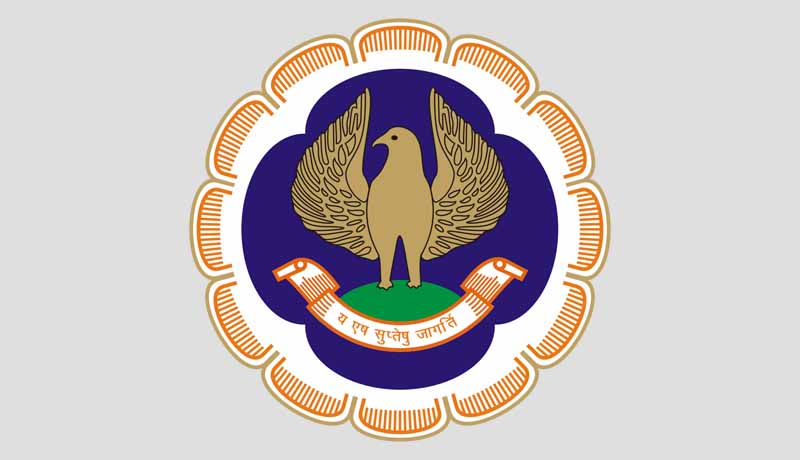ICAI Election 2018: Manner of Recording of Votes Changed

ICAI – Digital -Accounting – Taxscan
ICAI – Digital -Accounting – Taxscan
As the election for the new torchbearers of the Institute of Chartered Accountants of India ( ICAI ) is scheduled in this December, the manner of recording of the votes have been changed.
The Central Government has notified the amendments made in the Chartered Accountants (Election to the Council) Rules, 2006 in the Gazette of India vide Notification No. GSR 796E dated 23rd August, 2018. One of the amendments so made provide for recording of preference on ballot paper only in Arabic numerical numbers, i.e. 1, 2 and so on. Other modes of recording preferences on ballot paper, such as in Roman numerals or in words (like I, II, III or ONE, TWO, THREE) have been discontinued.
“In view of the same, members eligible to vote are requested to please place on the ballot paper the number 1 (in Arabic numeral only) in the box opposite the name of the candidate for whom they desire to vote. Members may, in addition, place the number 2 or the numbers 2 and 3 or the numbers 2, 3 and 4 and so on (in Arabic numeral only), in the boxes opposite the names of other candidates in the order of their preference up to the maximum number of candidates standing for the election. However, a cross, i.e. `X’ mark may be put in the boxes opposite the name(s) of candidate(s) to whom they do not desire to vote. Some illustrations of invalid marking of preferences on ballot paper are given below for the information of the members so that marking of preference in any manner, other than permissible manner, is avoided,” ICAI said in a statement.
ICAI also elaborated the “single transferable vote” system under which the elections are held operates.
Each voter has only one vote for election to the Council and one vote for election to the Regional Council. The voter, in order to cast his vote, shall place on his ballot paper the number 1 (in Arabic Numeral only) against the name of the candidate for whom he desires to vote, and may, in addition, place on his ballot paper the number 2, or numbers 2 and 3, or the numbers 2, 3 and 4 and so on opposite the names of other candidates in the order of his preference. A voter has as many preferences as the total number of candidates from that Regional Constituency/ Regional Council. However, for the purpose of facilitating the process of election by avoiding fractions, each valid vote is notionally considered to be of the value of 100 so that if a part of the vote has subsequently to be transferred from one candidate to another (next in the order of preference), it does not become necessary to resort to fractions, which would make the counting cumbersome.


